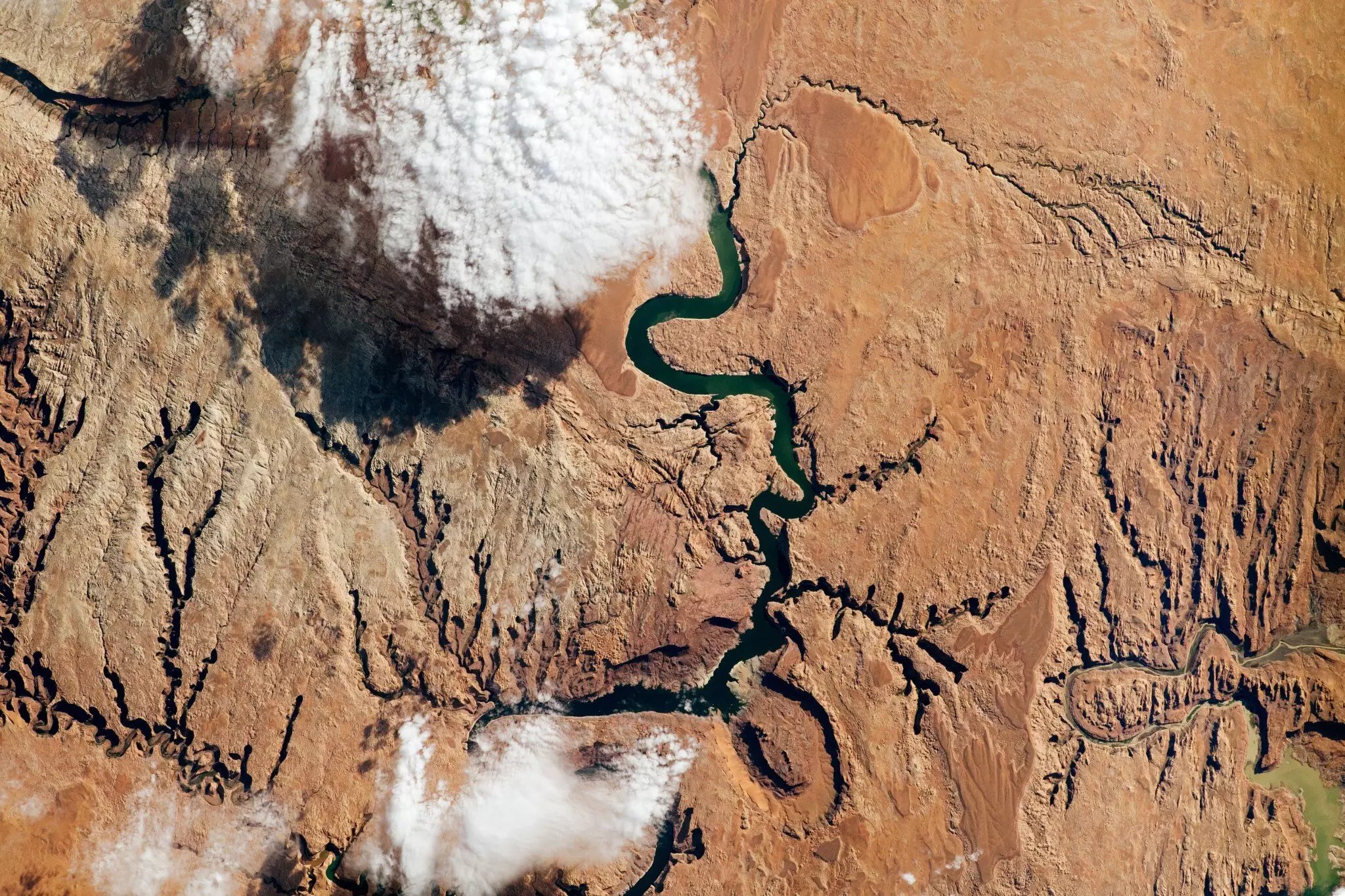A recent study conducted by NASA researchers provides new insights into the volume of water flowing through Earth’s rivers, the rates at which it enters the ocean, and the fluctuations in these figures over time. This study is crucial for understanding the planet’s water cycle and managing freshwater resources around the world. The research utilized a unique methodology that combines stream-gauge measurements with computer models to analyze approximately 3 million river segments globally. The results of the study shed light on regions that are experiencing water depletion due to heavy water usage, such as the Colorado River basin in the United States, the Amazon basin in South America, and the Orange River basin in southern Africa.
Rivers have played a significant role in human civilization since ancient times, providing essential resources for survival. Despite rivers only accounting for a small percentage of the Earth’s water, they are vital for various human activities. However, estimating the total volume of water in rivers, known as storage, has been a challenge for researchers over the years. The lack of accurate data on river storage makes it difficult to manage water resources effectively in the face of increasing population growth and climate change.
The study’s findings could have far-reaching implications for managing water resources worldwide. By understanding how much water is stored in rivers and how it flows into the ocean, researchers and policymakers can make informed decisions to ensure sustainable freshwater supplies for future generations. The data from this study could also be compared with information collected from the Surface Water and Ocean Topography (SWOT) satellite to improve our understanding of human impacts on the Earth’s water cycle.
The study identified several regions where water depletion is a significant concern, including the Amazon basin, which holds a substantial amount of river storage but also discharges a large volume of water into the ocean. The researchers observed negative flows in certain river basins, indicating intense human water use and the need for better management practices to conserve water resources. By analyzing these trends, stakeholders can develop strategies to address water scarcity issues in vulnerable regions.
One of the challenges in managing water resources effectively is the lack of comprehensive data on Earth’s rivers, especially in remote areas with limited human populations. The study revealed inconsistencies between simulated runoff from land surface models and gauge measurements, highlighting the need for better monitoring and data collection methods. Additionally, uncertainties in estimating land runoff and river flow pose challenges for accurate assessments of water storage and discharge rates.
Moving forward, researchers can build upon the findings of this study to develop more accurate models for estimating river water storage and flow rates. By utilizing advanced technologies such as satellite imagery and high-resolution mapping, scientists can improve their understanding of the Earth’s water cycle and human impacts on freshwater resources. Collaborative efforts between governments, organizations, and communities are necessary to implement sustainable water management practices and ensure the availability of clean water for all.
The study led by NASA researchers provides valuable insights into the dynamics of water flow in Earth’s rivers and highlights the importance of proper water resource management. By addressing the challenges identified in this study and implementing the recommended strategies, stakeholders can work towards a more sustainable future where water is distributed equitably and managed efficiently to meet the needs of current and future generations.


Leave a Reply